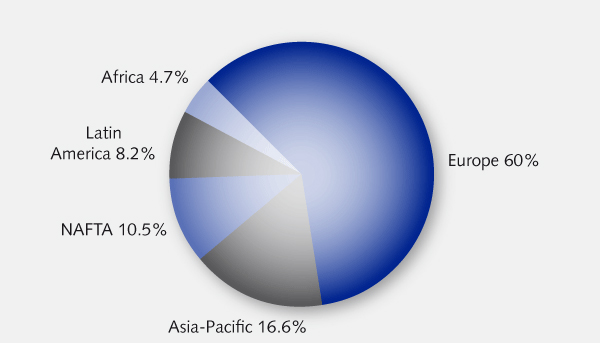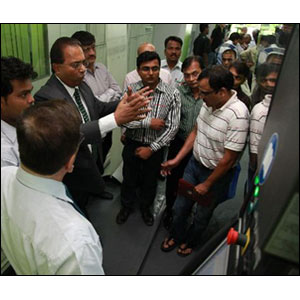The manufacturing industry is witnessing an exponential rise of the Industry 4.0 trend, and a mounting number of industry players aiming to bolster the digital transformation of their production capabilities. Consequently, micromachining or mechanical micromachining has gained immense popularity as a leading manufacturing technology that transforms the use of mechanical micro tools into the technique of single process machining.
The growth of the global micromachining market is mainly attributed to the dramatic rise in adoption of mechanical micro tools in production of micro components in various industries. The range of end-use industries is constantly widening in the micromachining market, and includes automotive, healthcare, consumer electronics, and aerospace industries. Leading players in the micromachining market can be seen leveraging the recent advancements in various production technologies to offer versatile product features that improves the efficiency and productivity of the entire process.
Ongoing technological innovations and significantly high demand for consumer electronics are among the major factors that are driving the semiconductor and electronics industry. The space is riding the wave of miniaturization, and this opens up a new window of opportunities for players in the micromachining market. Miniaturization does not only call for the use of advanced technologies but also creates a demand for tools that support this kind of manufacturing. This is the leading factor that employs micromachining in this ever-growing industry.
Leading players in the micromachining market are leveraging the growth prospects of the semiconductor and electronics industry and diversifying their offerings to cater to the industry-specific requirements. For instance, manufacturers are offering laser micromachining tools that can support precise machining and production of miniature components of next-generation consumer electronics products. Furthermore, the integration of new technologies such as artificial intelligence and internet of things (IoT) is also expected to widen the scope for innovation in the micromachining market in the coming years.
Multiple Fabrication Steps Involved in Micromachining make Systems Complex and Expensive
Micromachining involves various mechanical components being fabricated very close to each other and this can lead to stiction, making separation of those components extremely difficult. Also, the process is also known for generating only low aspect ratio devices, and this is why it is only suitable for gear drives and comb drives. It involved higher fabrication steps, making the entire process of micromachining extremely complex and expensive. Furthermore, integration of such complex technologies leads to repetitive deposition of thin layers on wafers, limiting its implementation in large structures.
Implementation of 5-axes Micromachining Processes to Pick Pace
5-axis micromachining involves the use of cutting tools that are relatively shorter than the ones used in 3- and 4-axes micromachining. The biggest advantage of using 5-axes micromachining is that it enables end users to reach faster cutting speeds and eventually mitigates vibrations in those tools. This does not only improve productivity but also reduces the possibility of imperfections and flaws in the material.
A mounting number of end-use industries including automotive, medical devices, military & defense, and semiconductor and electronics industries are resorting to the use of 5-axes micromachining to attain accuracy and precision in manufacturing. Furthermore, end users are also aiming to leverage the fact that the 5th axis in micromachining adds to the potential of wide-ranging applications of machineries. This is expected to give rise to this trend in the micromachining market in the coming future.
North America Proves Lucrative; New Opportunities in APAC Attract Market Players
North America is currently the leading region in the global micromachining market, mainly attributed to the strong presence of market leaders in the United States of America. Leading players have a wide network of distributors and vendors in the country, which ultimately leads to the profitability and opportunities in the market.








